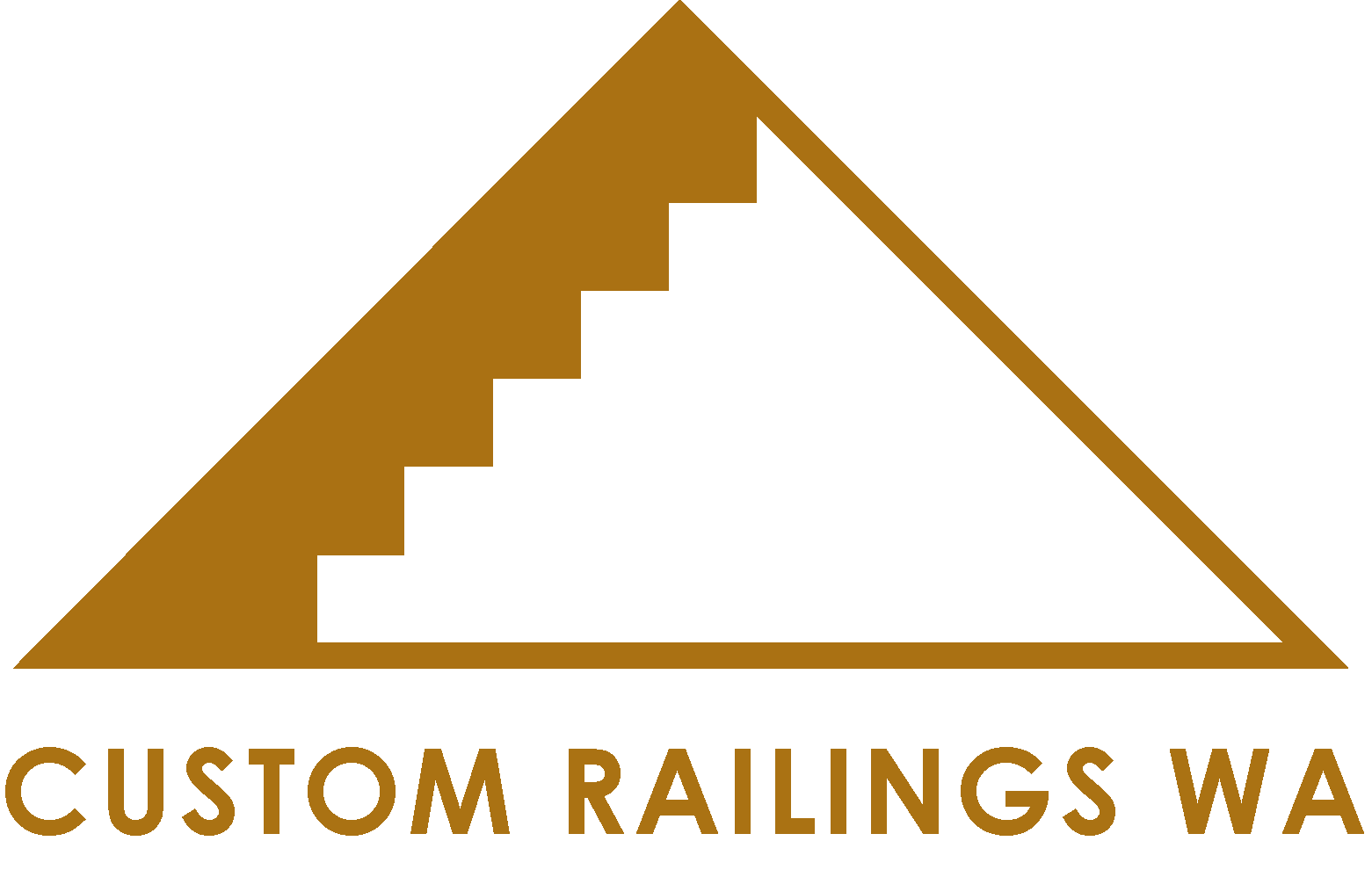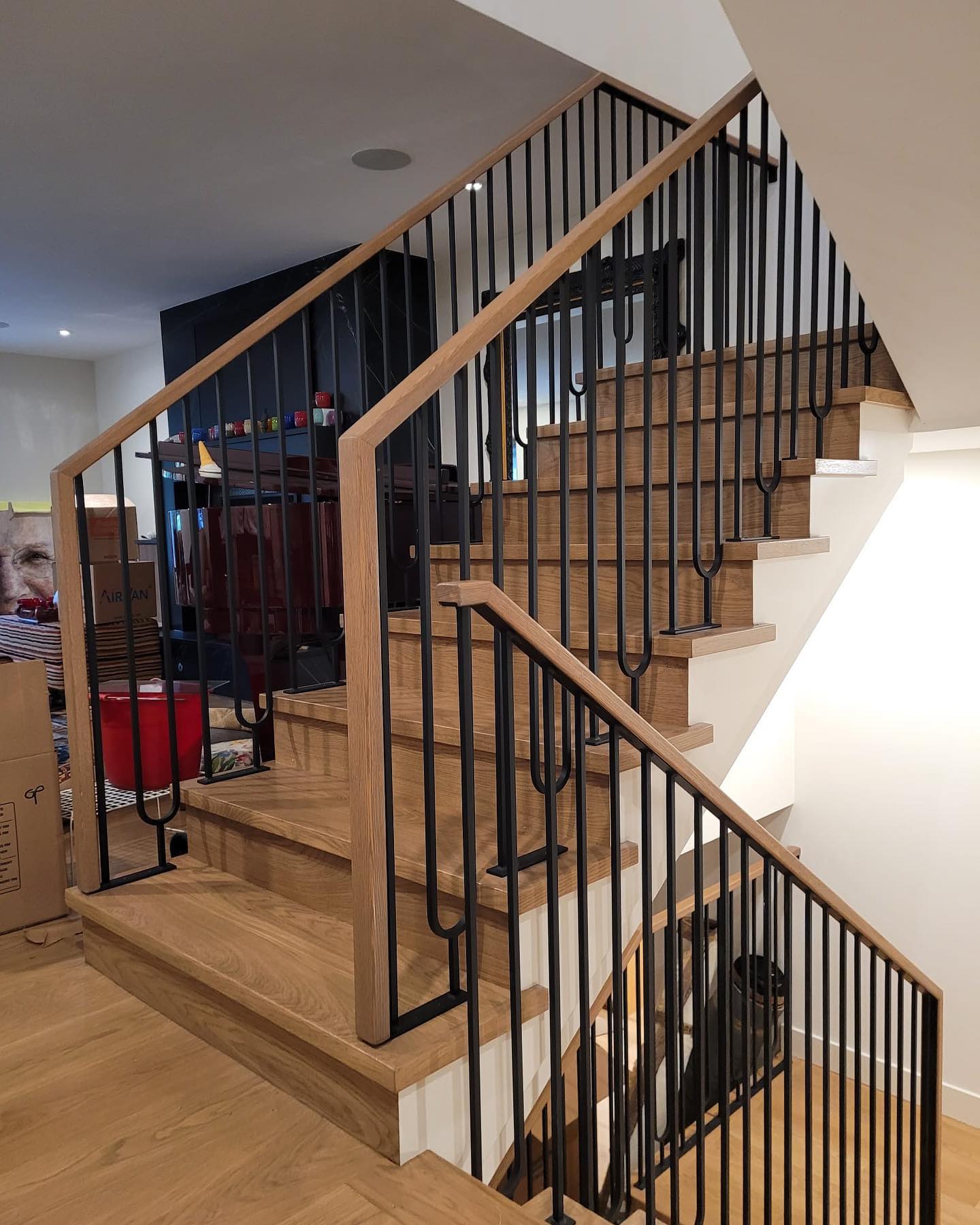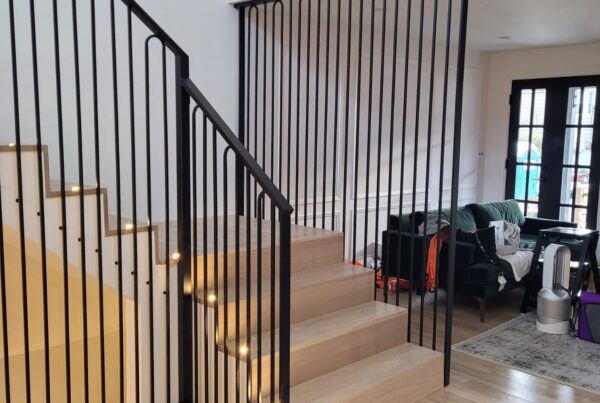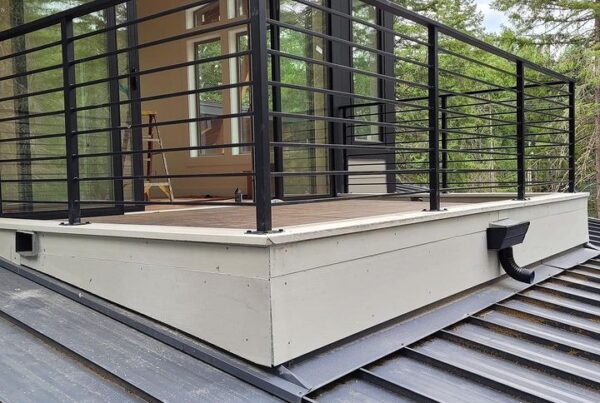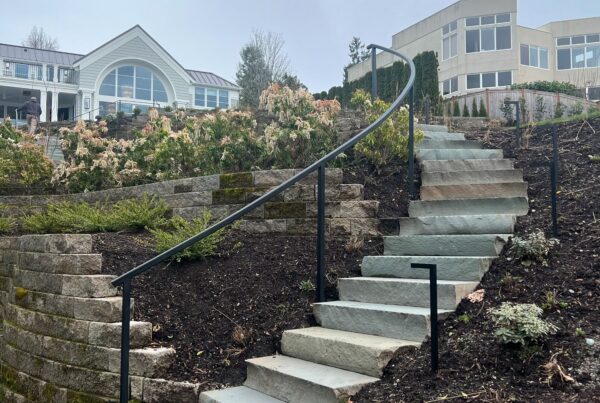When it comes to custom metal railings, the handrail design plays a significant role in both functionality and aesthetics. The handrail not only provides support and safety but also adds a distinctive touch to the overall look of the railing. Choosing the right handrail design for your custom metal railings requires careful consideration of various factors. In this article, we will explore key considerations and provide insights to help you make an informed decision.
Safety and Comfort
First and foremost, the handrail design should prioritize safety and comfort. The handrail should be ergonomically designed, allowing for a secure grip and a comfortable feel. Consider the size and shape of the handrail, ensuring it is easy to grasp for individuals of all ages and physical abilities. Additionally, the handrail should be continuous without any gaps or interruptions to prevent accidents or entrapment.
Style and Aesthetics
The handrail design should harmonize with the overall style and aesthetics of your custom metal railings. Whether your preference is for a classic, modern, or ornate look, the handrail can contribute to the visual appeal of the railing system. Consider the architectural style of your space and select a handrail design that complements it. For example, sleek and minimalist handrails work well in contemporary settings, while ornate and decorative handrails can enhance the elegance of traditional or Victorian-inspired spaces.
Material Compatibility
The handrail material should be compatible with the overall material used for your custom metal railings. Common materials for handrails include stainless steel, wrought iron, aluminum, and brass. Each material offers its unique aesthetic appeal and durability. Consider the characteristics of each material, such as its maintenance requirements, resistance to corrosion, and longevity, to select the one that best fits your needs and complements the rest of the railing system.
Customization Options
Custom metal railings offer a wide range of customization options, and the handrail design is no exception. Explore different design elements, such as curved or straight handrails, decorative balusters or posts, and unique finishes or textures. Work closely with a professional railing designer or fabricator who can guide you through the customization process and offer insights based on their expertise. Customization allows you to create a handrail design that reflects your personal style and adds a distinctive touch to your railing system.
Code Compliance
Ensure that the handrail design meets local building codes and regulations. Building codes specify requirements for handrail height, clearance, graspability, and other safety considerations. It is crucial to adhere to these guidelines to ensure the safety and compliance of your railing system. Consult with a professional railing installer or local authorities to ensure that your chosen handrail design meets all the necessary requirements.
Choosing the right handrail design for your custom metal railings involves balancing safety, style, material compatibility, customization options, and code compliance. By considering these factors, you can select a handrail design that not only enhances the functionality and safety of your railing system but also adds a visually appealing element to your space. Remember to collaborate with experienced professionals who can guide you through the design and installation process to achieve the perfect handrail design for your custom metal railings.

